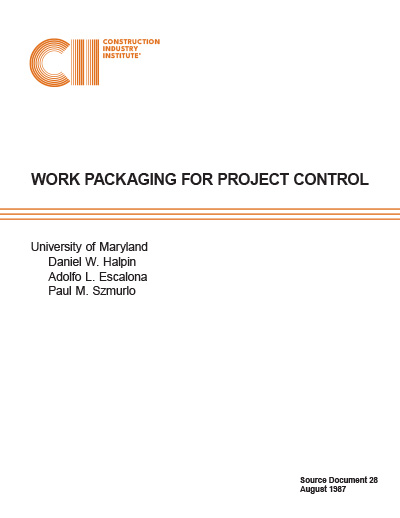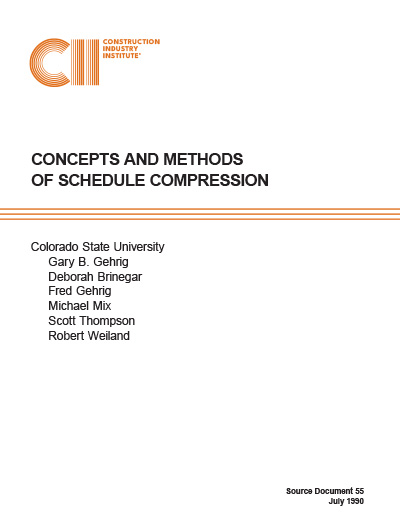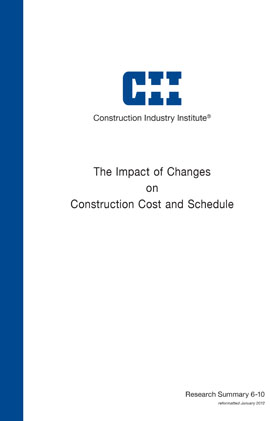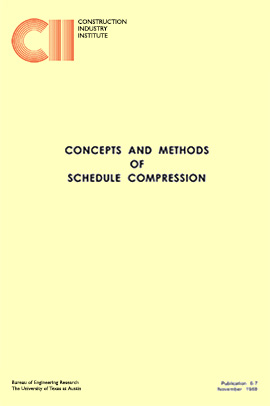
Work Packaging for Project Control
Purpose of the Report
To be successful in preventing cost and schedule overruns in the construction of a facility, the project must have a formal control system. “An effective control system must he responsive to the needs of all users at the level of detail and format that meets their requirements. This must be in such a way that the gross details can be summarized into successively larger packages of work without incurring excessive cost because of redundant effort.” (Willenbrock and Thomas, 1980)
The establishment of work package control procedures from the conceptual phase, through the design/engineering, construction, and start-up phases of a project is essential for effective performance measurement and evaluation. Initiation of control procedures after a project has progressed beyond the design phase effectively reduces the system to one of monitoring as opposed to controlling. This does not provide the manager with effective controls and can lead to inability to complete the project on time and within budget. Therefore, control measures must be initiated at the outset of the project and prior to the commencement of design. Work packaging provides a mechanism for structuring the project to insure the timely acquisition of information and the ability to evaluate and control progress. This report presents a review of existing work packaging concepts and makes proposals regarding the implementation of work breakdown to enhance integration of control across the various phases of the project (e.g., conceptual design, construction, etc.).
The purposes of this report are to:
- Describe systems presently being used in the industry in defining work packages for control purposes during design, procurement, and construction
- Present guidelines as to application of work packaging for project control
- Propose a framework for the integration of work packages for consistency across the design, procurement, and construction phases of a project



